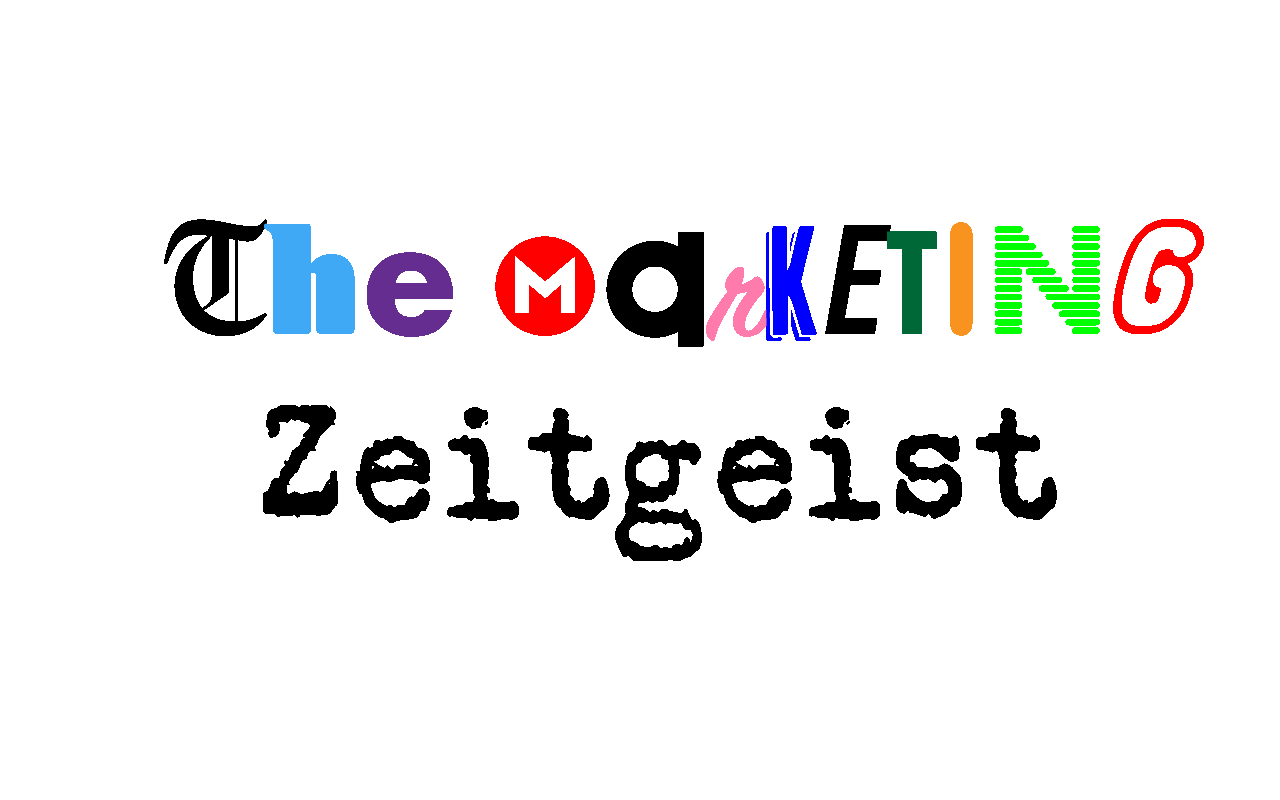Ping! You look at your phone you audibly say “Oh-no. Nope. Not reading this.” And if you’re an unappetizingly direct person, you reply with “TLTR”.
For those not familiar with TLTR, it means “too long to read” Its a way of letting someone that you do not have the patience or capacity to read their long winded message and even more, you do not have the time or fortitude to write more than an acronym to express that.
Regardless how you feel about TLTR, you must recognize its validity in communication. If your message doesn’t get to the point quickly and concisely, you may as well not send it.
I see it all too often. An organization decides that the best way to stand out is to mention every feature and benefit on a single ad space. The result is a full-on visual assault.
It starts innocently enough.
Company A is concerned about company B; a new competitor with a lesser product with a slick social presence. Company A knows they have so much more to offer than company B. The consumer just needs to know it.
The Marketing department is charged with creating a single ad that will appear on social platforms and some print. Marketing creates a centralized ad that includes company A’s greatest offering, basic contact info and maybe a statement.
Deciders look at the new marketing piece and make revisions. It comes back to marketing with requests to add the icons and links to all company social pages, and to make the company logo “larger”.
Marketing does its best to fulfill requests and manages to pass back something that isn’t too busy.
Time has passed since the first meeting about the ad and Company B’s has gained more presence. This spurs company A’s anxiety and a sense of urgency to show dominance.
The deciders see revision #2 and have even more additions. Adding more benefits and features, a competitor comparison and make the company logo even larger and centered at the top of the ad.
The marketing department is now tasked with creating fulfilling every request. Chances are, this isn’t a revision or addition to the working ad, and it’s a start at zero. To accommodate all the content as palatably as possible takes even more time.
The third revision goes in front of the deciders. Anxiety is fever pitch. So much time has passed between revisions that company B has gained even more traction. Everyone is so worried that if company A doesn’t put out something soon that even more will be lost.
So revision 3 gets put into play. It is so full of information and graphics that the eye doesn’t know where to look. It doesn’t play to any demographic. It falls solidly in the “ask for everything and get nothing” category.
When I see these ads I wonder if they have a legitimate Marketing department. Or worse, they do and they don’t trust them to do their job.
Excessive revisions made by multiple people wastes time, (money, so much money) and burns out your creative assets. The worst part is the end result is ineffective. Or even worse, it is antiquated.
If company A truly offers a superior product at a better price and company B is still gaining market share, its because their marketing is working.
Company A was so concerned with a response that they didn’t bother to look to see why what company B was doing was obviously working. And more importantly, with which customer demographic it was working with.
The fastest emerging companies have the same approach. Small, digestible ads that make a single point to a single demographic. Then the same module is replicated to multiple demographics. They do not depend on a single ad campaign. They flood the social sphere with multiple ads targeted at the applicable demographic.
Target Demographic + Simple Tailored Message= Brand Dominance. Those are the ingredients to secret sauce.


